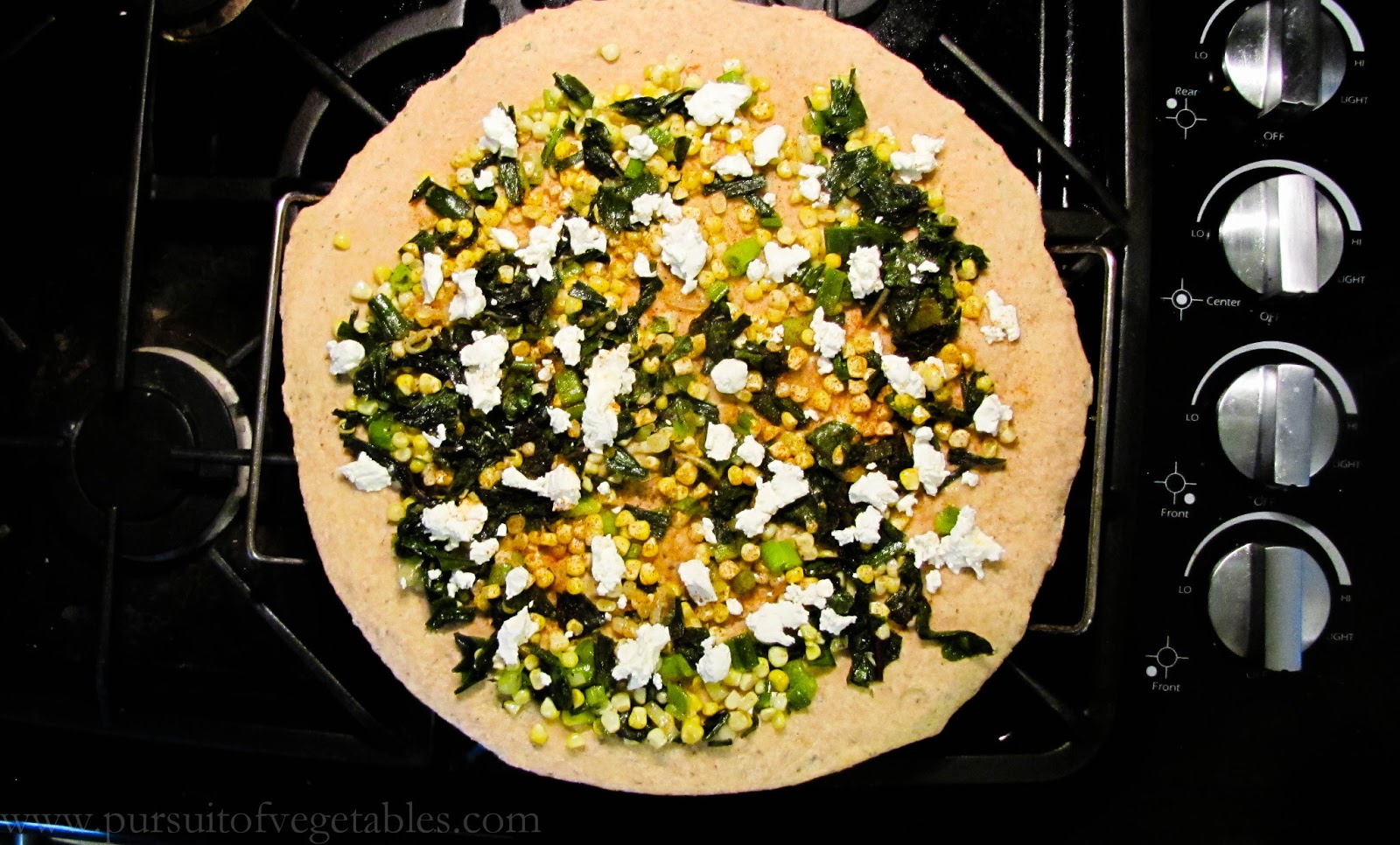Last year, I attempted to pick pears on my own. Unfortunately, Grandma only had one rickety five-foot ladder and couldn't tell me where the long pear picker was. I attempted to get up onto the roof of the carport, but being out of shape and short, it didn't go very well. This year, I made sure there were reinforcements. My mom knew where the pear picker was, my brother was able to hop up on the carport roof and pick the good high ones, and I just scurried around on the lawn, collecting the pears as they were tossed down.
Most of the pears need to soften just a bit before they're usable, but I still managed to make a few things with Jeff yesterday. We made one batch of pears in syrup and some pear jelly (using the leftover peels and cores).
So what does all of this have to do with peaches, you ask? Making these peaches in syrup a week or so ago made the pears go so much more easily. We'd never canned fruit this way before, so the peaches were our trial run before dealing with the more difficult pears (which are hard to peel, have rotten spots, hard spots and sometimes worms inside - working with them is never straightforward). The hang-ups we had with the peaches taught us how to manage better with the pears. For example, we learned that our kitchen is not quite equipped to process ten pounds of peaches at one time. We simply do not have pots or bowls (at least, not nonreactive ones) large enough to manage this recipe. We were forced to split it in half, filling three jars, returning them to the canner, then peeling and prepping the rest of the peaches before filling the remaining jars and processing. Not ideal, of course, but there was not much to be done at that point and they seem to have come out fine. When we worked on the pears yesterday, we knew not to double the recipe, which calls for six pounds of fruit, or we would exceed our working capacity.
Since we still have pears distributed in bowls all over our house, I know a few more batches of this are in our future. Hopefully, each one will go even more smoothly than the last!
Peaches in Syrup
From Put 'Em Up.
6 500 mg vitamin C tablets, crushed (I made sure to get very plain, white tablets without any additional ingredients)
3 quarts cold water
4 c ice
 10 lbs freestone peaches (you can, of course, use clingstone varieties, but it will mean a lot of extra work and will probably not be pretty in the long run)
10 lbs freestone peaches (you can, of course, use clingstone varieties, but it will mean a lot of extra work and will probably not be pretty in the long run)6 3/4 c water
1 1/4 c sugar
1/2 c honey (I realized, as we worked on this recipe, that the honey we used came from the same farm as the peaches - talk about local!)
Clean and prepare six quart jars for processing.
In a large, non-reactive, extremely clean bowl, cooler or sink, add the vitamin C tablets to the cold water, stir to dissolve, and add the ice to create an anti-browning bath for the fruit (I used a large Pyrex mixing bowl and, as I mentioned above, had to do my peaches in two batches).
Bring a large pot of water to a boil. Add peaches, two at a time, blanching for 30-60 seconds, to loosen the skins. Remove the peaches to the anti-browning ice bath. Repeat with remaining peaches.
Cut the peaches in half, remove the pits and peel off the skin (you may be able to do this with your fingers, but some less ripe peaches may require the use of a paring knife to get every bit of skin off), returning each peach half to the ice bath as you finish with it. (If you end up having some smaller pieces, that's fine as well - just include them as well.)
Meanwhile, bring the 6 3/4 c water, sugar and honey to a boil in a non-reactive saucepan, stirring until the sugar is dissolved (you can do this after completing the peaches, as they sit in the anti-browning bath, or have them all going simultaneously).
Pack the peaches into the six hot jars.
Ladle the syrup into each jar, covering the peaches by about 1/2" and leaving 1/2" headspace. Release the air bubbles, screw on the lids and process in a boiling-water canner for 30 minutes. Store in a cool place for up to a year.

.jpg)


















































